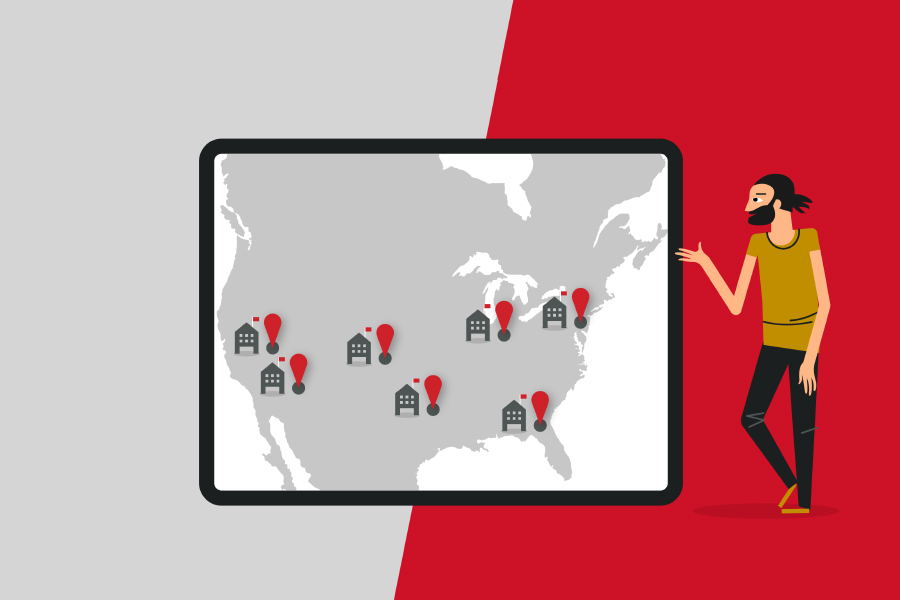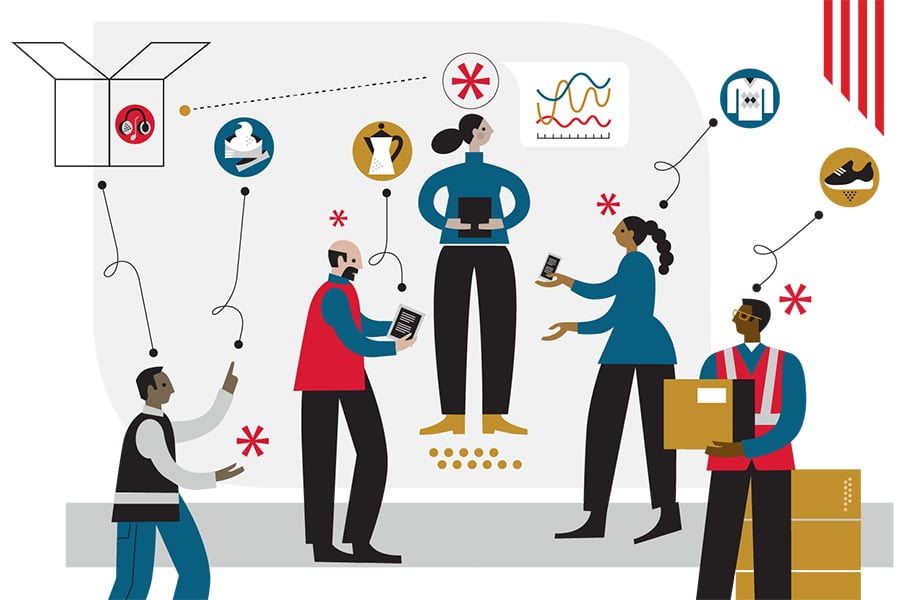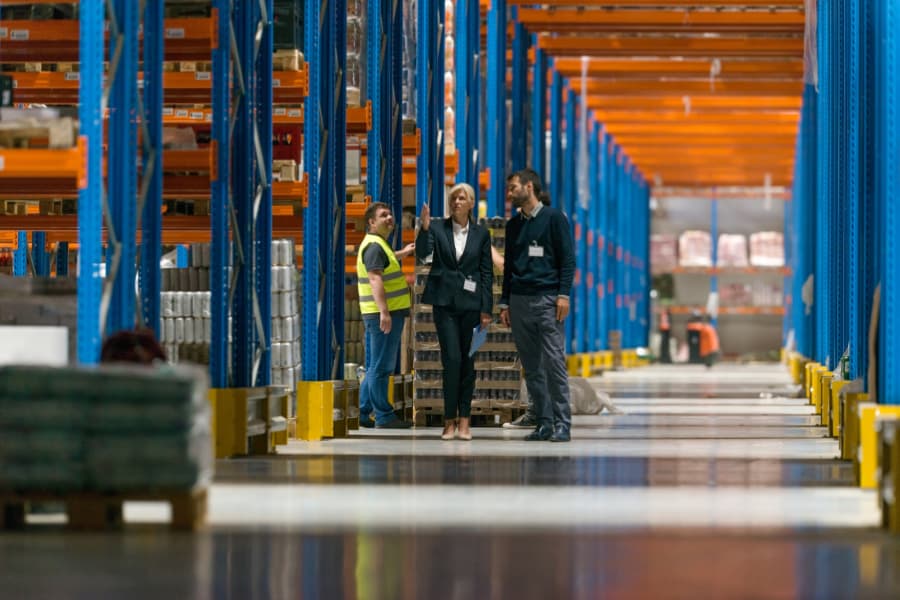Every business is working hard to shorten that last link of the supply chain from the fulfillment center to the end consumer. This is referred to as the ‘last mile’. Micro-fulfillment centers, or MFCs, are the answer.
Micro-fulfillment is a logistics strategy where online orders are fulfilled from small purpose-built facilities or store locations close to the end customer. MFC strategies offer retailers many advantages, including reduced picking and labor costs and access to same-day delivery capabilities. MFCs also enable hybrid fulfillment models such as buy-online, pick-up in store (BORIS) and curbside pick-up.
Speed and efficiency are hallmarks of today’s MFCs, with many located in densely populated suburban or metro areas. MFC operations use a combination of automation, batch, and in-store processes to manage order volumes, often fulfilling multiple orders at once.
Footprints of the MFC
Micro-fulfillment centers are different from warehouses and fulfillment centers that store products for shipping to wholesale partners or customers in other regions. With a key focus on rapid, often same-day fulfillment, an MFC is generally less than 50,000 square feet, with some designs as small as 2,000 square feet.1 A MFC may also exist within a dedicated section of a traditional warehouse.
MFCs can also be found in the back of a grocery store or big-box retailer, and these are typically about 5,000 to 10,000 square feet, according to research firm LogisticsIQ.2 Smaller facilities within a footprint of 5,000 square feet or less may be located in empty stores that have been converted to a fulfillment center—also known as “dark stores.” MFCs can also be deployed within retail stores or malls or in a basement-level facility.3
The U.S. is a hotspot for MFCs. Most of the new deployments of MFCs this year will be in North America, and annual MFC installations worldwide will grow more than 20x by 2030 to around 6,600 new MFCs installations in 2030, according to an analysis by LogisticsIQ.4
Who uses MFCs?
The primary market for MFCs are grocery omnichannel from the likes of large retailers such as Walmart, Target, and Kroger, which often make use of in-store facilities for fulfillment. Pure-play e-commerce players such as Amazon, Gopuff, and Instacart also use MFCs, and more big-box and specialty retailers are turning to MFCs to meet the demand for same-day omnichannel delivery.
Within the e-commerce sector, rapid-delivery or quick-commerce service providers (such as DoorDash, Instacart, Uber Eats, and Gopuff) may partner with retailers or run their own dark stores to automate the fulfillment process. Grocery and convenience-item provider Gopuff, which touts delivery times in 30 minutes or less, reportedly operates over 500 dark stores for the fulfillment process and has opened its own walk-in stores in cities like New York and San Francisco.5
MFC automation is the name of the game
MFCs have the potential to reduce fulfillment costs even further with greater levels of automation, particularly with storage and picking strategies. Micro-fulfillment automation solutions need to address several key needs: offering dense bin and SKU storage, rapid deployment, and the ability to pick orders in a matter of minutes, according to Exotec, an automation provider. This may require horizontal and vertical movement in three dimensions which can eliminate the need for conveyor systems.6
By 2030, LogisticsIQ noted most new installations will feature shuttle-based and cube-storage technologies, led by providers like AutoStore and Takeoff Technologies.7 Both shuttle and cube-based solutions are a type of automated storage and retrieval system (AS/RS) that uses robotic cube storage.
In these cubed storage systems, inventory is placed into bins or totes and stacked inside a cube for robotic picking of individual “each” items or batches in bins which are retrieved and delivered by a robot to a workstation or fulfillment point. Many of these goods-to-person mobile robots can climb dense storage structures to retrieve storage bins with specific goods and then travel to warehouse staff at workstations for further sorting, picking from the bin, packing, shipping, or order retrieval by store staff, etc.—to complete the fulfillment process for the smaller sized orders of omnichannel e-commerce.
Shuttles are another form of AS/RS that travel through MFCs to retrieve products according to instructions given by the control system.8 Products are then delivered via vertical lifts to other conveyor systems that send products to pick stations or loading docks.
Companies with solutions based on autonomous mobile robots (AMR) are also expected to be a significant part of the market, with providers like Geek Plus and Hai Robotics, according to LogisticsIQ.
Found in Europe, one form of AMRs used in micro-fulfillment are unmanned grocery “pick-up” stores that combine the distribution center with front-facing retail. After the consumer places their order online, items making up the order are put in plastic bins and stored on racks. The consumer goes to the pick-up store and through the autonomous case-handling robotic (ACR) system, the bin is picked from racks and carried on a conveyor belt to the pick-up area.9
There’s no doubt that MFCs are to stay, and automation has a starring role to enable the speed and convenience that consumers want today.




